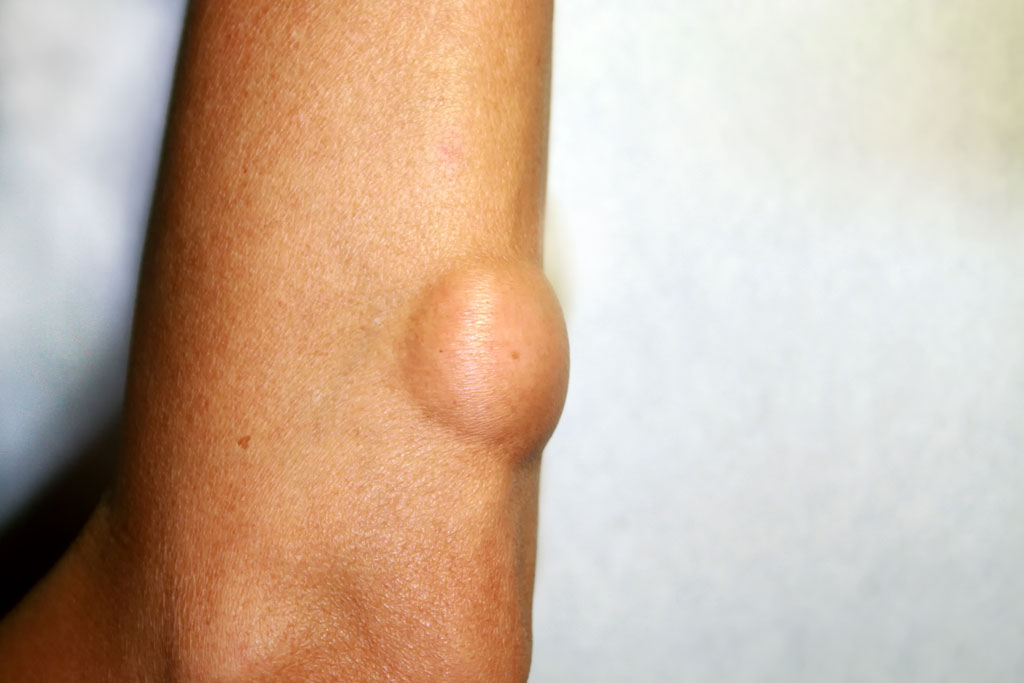
Lipoma Excision
What does the surgery involve?
The operation can be performed under local anaesthetic injection (you are awake, but the area is numb) or general anaesthetic (you are asleep). It is commonly performed under local anaesthetic in the procedure room in Cayman Surgery. The affected area is numbed with an injection, and the procedure takes approximately 40 minutes to perform.
The lipoma is removed through as small a scar as possible, although the length of the scar is dictated by the size of the lesion.
The incision is sutured with dissolvable stitches in the trunk and limbs, whilst those on the face are non-dissolvable and require removal after 5 days.
The lesion is sent to be looked at under a microscope to confirm the nature of it and whether it has been completely excised.
You can go home immediately after surgery and return to work the following day.

































































What are the risks and side effects of surgery?
Complications are infrequent and usually minor. However, all surgery has risk, and it is important that you are aware of the possible complications. All the risks will be discussed in detail with you at your consultation.
Scars
These tend to settle remarkably well; however, some people heal with thicker scars than others and this can make them more noticeable.
Bruising and swelling
This is very common and may take approximately 2 weeks to resolve.
Haematoma
This can happen if a bleed occurs under the skin, allowing a large blood clot to form. If a haematoma develops, it is likely to do so within 4 to 6 hours post-surgery. Any increase in swelling or pain should be reported immediately so that timely treatment can be given. Sometimes patients need to have this collection of blood removed with another short operation.
Infection
This is rare, but you may require antibiotics if there are any concerns.
Numbness, reduced sensation or oversensitivity
These can occur around the scar. They are usually temporary, but occasionally the changes can remain to some degree.
Wound healing problems
These healing difficulties can range from minor problems, such as small areas of wound separation, to major issues, resulting in skin loss. People who have diabetes, smoke, are obese or elderly are at an increased risk of delayed healing.
Dog-ears
These are soft tissue prominences where the scar stops. In most cases these settle over the course of 3 months. A small local anaesthetic procedure may be required to remove any excess that remains.
Recurrence
Even when a lesion is completely excised, it is possible that it could recur, or a new one can grow in the area.
DVT/PE
Following any surgical procedure it is possible to develop a blood clot in your legs, which could potentially break off and move to your lungs. If the blood clot is large enough it could prove fatal. To reduce any risks of this, we may give you special stockings to wear in bed and a blood thinning injection if you are not mobile.
What is the estimated time for recovery, absence from work and return to usual activities?
Recovery times vary from one person to another, but most patients return to work the next day. I recommend that you avoid swimming and strenuous activities for 1 to 2 weeks.




